Fix USB Not Showing up in Windows 10: Expert Solutions
- Home
- Support
- Tips Data Recovery
- Fix USB Not Showing up in Windows 10: Expert Solutions
Summary
Understand the reasons behind your USB disk not being recognized in Windows 10 and find efficient ways to troubleshoot this problem. Start exploring solutions now!
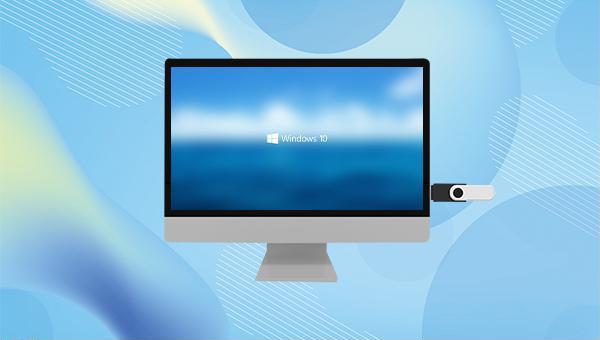
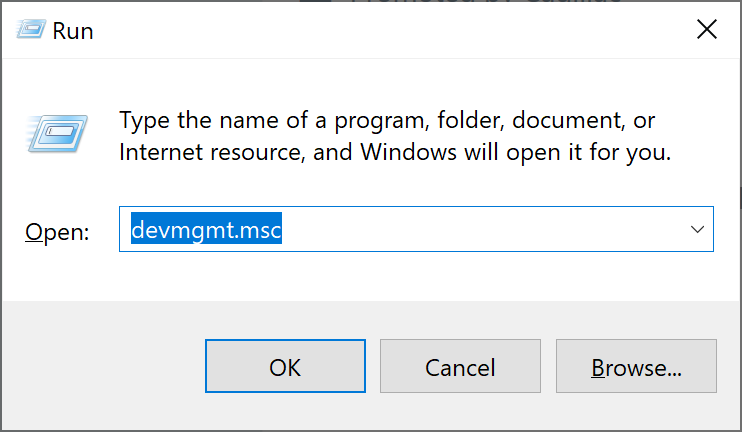
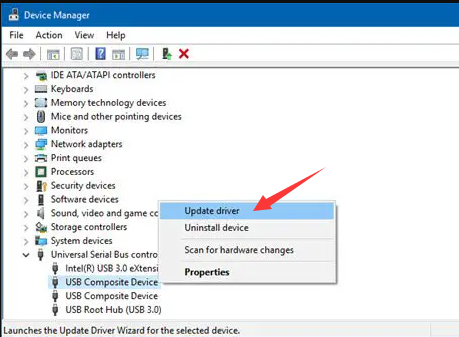
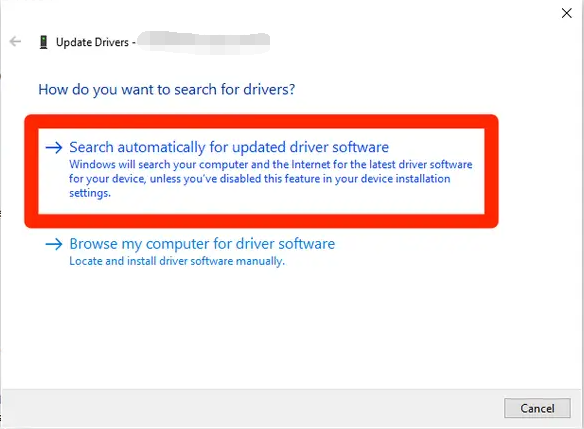

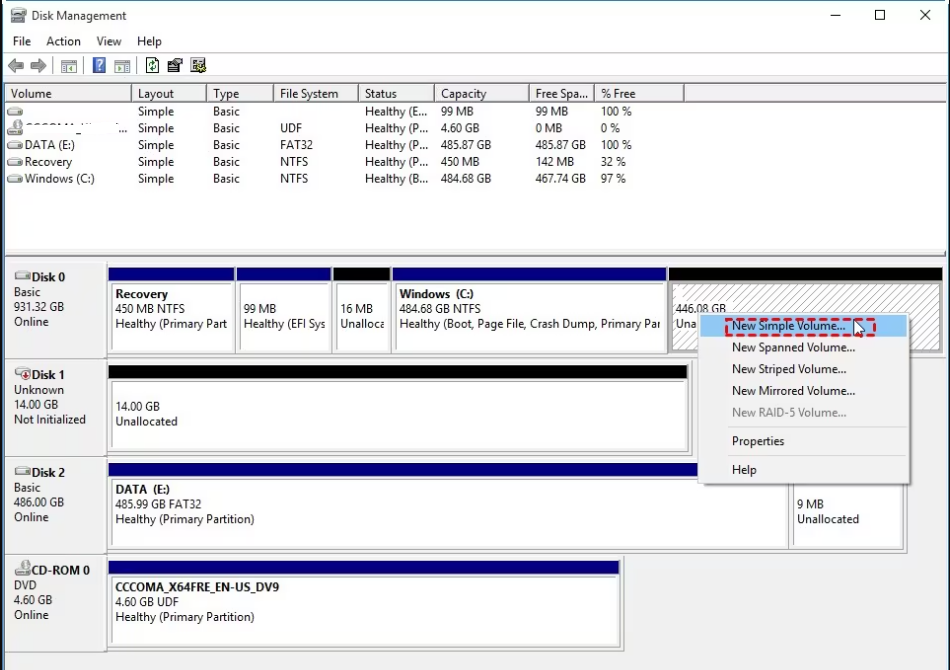
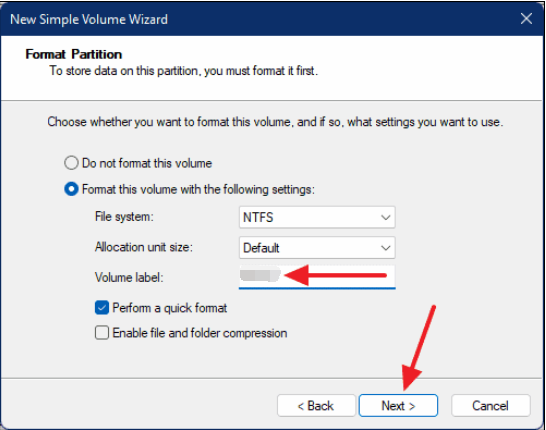
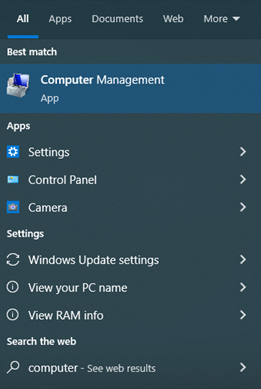
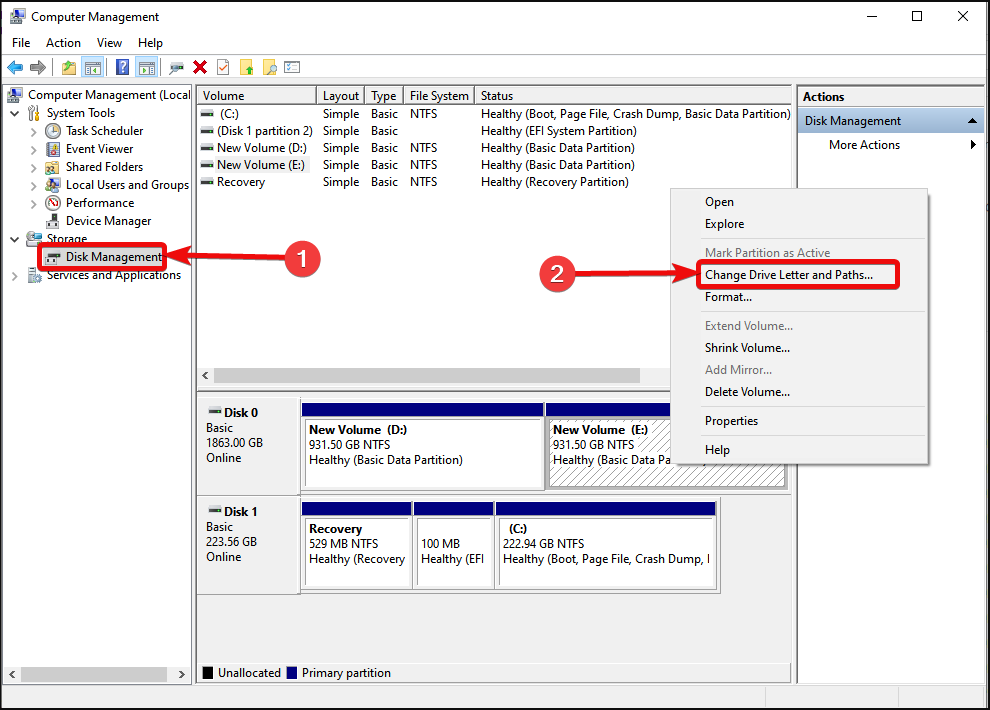
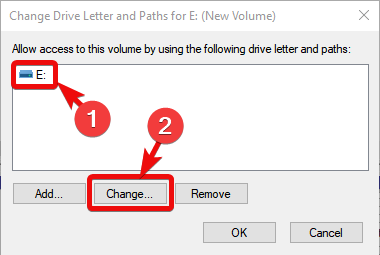
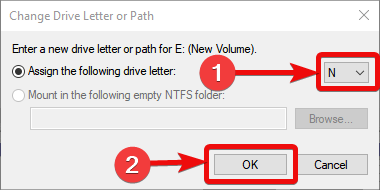

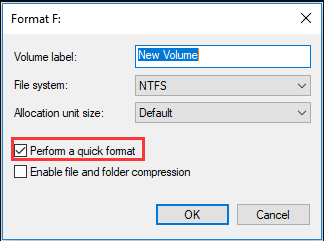

Easy to use Recover data by 3 steps;
Multiple scan modes Fast partition scan, whole partition scan and whole disk scan;
Supported file types Image, video, audio, text, email and so on;
Image creation Create a partition image to read and back up data;
Supported devices SD card, SDHC, SDXC, USB flash drive, hard disk and computer.
Easy to use Recover data by 3 steps;
Multiple scan modes Fast partition/whole partition/whole disk scan;
Supported devices SD card/USB/hard disk.
Free TrialFree TrialFree Trial 800 people have downloaded!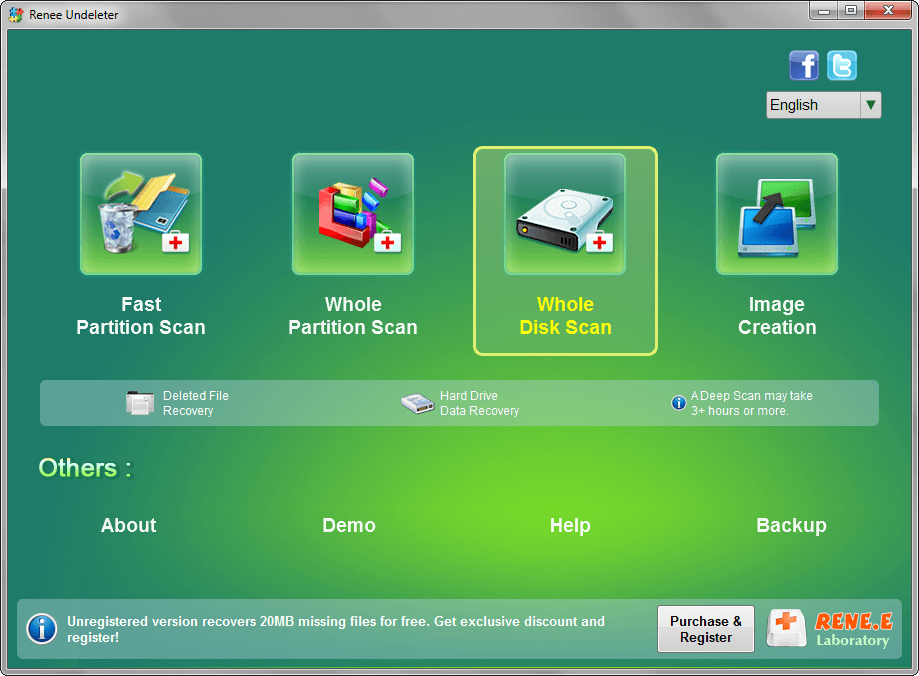
File recovery: Quickly retrieve files lost due to accidental deletion or emptying the recycle bin.
Format recovery: Quickly recover files lost due to inaccessible or formatted partitions.
Partition recovery: Partition information can be analyzed and obtained, and the entire partition can be fully scanned.
Create a mirror: A mirror can be created for a partition to back up the current partition state.
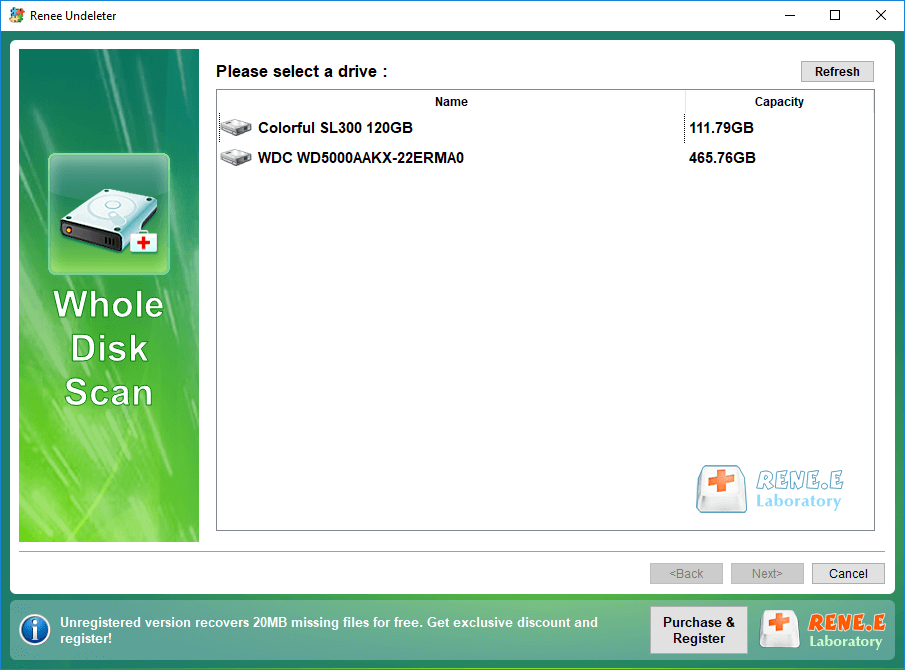

Relate Links :
SATA Interface Hard Drive: Data Recovery Guide
26-05-2024
John Weaver : Dive into the specifics of SATA hard drives. Explore proficient strategies for data recovery from seemingly lost or...
Seagate External Hard Drive Data Recovery: Find Your Lost Files Easily
01-03-2024
Ashley S. Miller : Seagate, a renowned hard drive manufacturer, offers beloved mobile hard drives. If you encounter data loss on a...
Top Data Recovery Software for Hard Drives
07-06-2024
Jennifer Thatcher : Discover top hard drive data recovery software tailored to various needs, preventing data loss and restoring deleted files...
Hard Drive Data Recovery on Mac: Recommended Solutions
24-04-2024
John Weaver : Learn effective solutions for Mac hard drive recovery from accidental deletions, disk failures, or disruptions in our comprehensive...
- I. What causes the U disk not to be displayed in Windows 10?
- II. How to solve the problem that the U disk is not displayed in Windows 10?
- 1. Update the U disk driver
- 2. Reinstall the U disk drive
- 3. Create a new partition
- 4. Add or change drive letter
- 5. Fix file system errors
- III. Use Renee Undeleter to recover lost data in the USB flash drive
- 1. What is Renee Undeleter?
- 2. How to restore the lost data in the USB flash drive with Renee Undeleter?




